|
Memorial Day weekend has passed us by, but it’s hard not to be in a patriotic mood when you work as the historian of a cemetery like ours that boasts nearly 4,700 veterans. We still have flag-covered gravesites for a few more days, as the grounds are still humming in the aftermath of fine annual ceremonies by our Daughters of the America Revolution chapters and the Francis Scott Key American Legion Post 11. Speaking of Francis Scott Key, the mortal remains of the man who helped “immortalize” the US flag are here in Mount Olivet, as is the great flag-waver, herself, Barbara Fritchie of Civil War fame, albeit a bit sketchy. We are only a week away from Flag Day (June 14th) and our annual patriotic lecture at the Key Chapel which kicks off at 7pm. (NOTE: This year, our subject will be Frederick diarist Jacob Engelbrecht, who will be the recipient of an upcoming “Story in Stone.”) When I think of the US flag and its relation to Frederick, how can FSK and Barbara Fritchie not come to mind? Perhaps this is a question easily answered by native and long-time residents only, but don’t worry Frederick newcomers, our goal is to indoctrinate you into this frame of thinking as well. Like Mount Olivet, Frederick is a very patriotic place. So much so, we made sure Francis and Barbara were strategically located by the front door entrance of the Frederick Visitor Center on South East Street. I know, because I worked on that project with my esteemed former colleagues of the Tourism Council of Frederick County in John Fieseler and Liz Shatto. One other hero who has the flag, per se, to thank for his fame, was Admiral Winfield Scott Schley (b. 1839). As a matter of fact, he named his memoirs Forty-Years Under the Flag, published in 1904. If you are not familiar with Admiral Schley, the namesake of Schley Avenue (between Rosemont and West Seventh Street), he was a rear admiral in the United States Navy. More so, Schley was the hero of the Battle of Santiago de Cuba during the Spanish–American War on July 3rd, 1898. His actions while in command of Admiral Thomas Dewey’s flagship, the USS Brooklyn, helped destroy the Spanish naval fleet, thus cutting off supplies and support to the Spanish infantry forces on land who were defeated by Gen. Joseph Wheeler featuring his legendary cavalry group— “the Rough Riders” under the command of one Teddy Roosevelt. Their eternal fame came with the Battle of San Juan Hill. One of these "Rough Riders" was Jesse Clagett, buried here in Mount Olivet’s Area P/Lot 36. (See Story) Back to Admiral Winfield Scott Schley, he can be found on a postage stamp and also had a fine drink (Admiral Schley Punch) named in his honor. He died in 1911 but is not buried in Mount Olivet, but rather Arlington Cemetery. I will tell you more about him in a later story I plan to write in context with his family as his parents and siblings are buried here in Area P/Lot 9. This is directly adjacent the grave plot of Jesse Claggett and his family. A few weeks back, I came across an article that mentioned Admiral Schley and the immortal "Rough Riders." Most interesting was the article’s description of Frederick as being the “Home of Heroes.” This really resonated with me, but probably because I’m also used to hearing the fore-mentioned Francis Scott Key’s line, “Home of the Brave.” The Francis Scott Key monument had been unveiled amidst great fanfare just a month after Schley and Clagett’s “heroics” in Cuba, and seven months previous to the article’s publication. I’m sure local residents were beaming with patriotism as their city and county were recognized on the national stage as being the home to Schley, Key and Fritchie. The article in question makes mention to participants of the Spanish-American War. Overshadowed by the Revolutionary War, Civil War and World Wars to follow, the “Span-Am” War is usually relegated to B-League history along with the War of 1812 and Mexican War (which both preceded it). To give the Readers Digest version of this conflict, I present the Wikipedia synopsis: The Spanish–American War (April 21 – August 13, 1898) was a period of armed conflict between Spain and the United States. Hostilities began in the aftermath of the internal explosion of USS Maine in Havana Harbor in Cuba, leading to United States intervention in the Cuban War of Independence. The war led to the United States emerging predominant in the Caribbean region, and resulted in U.S. acquisition of Spain's Pacific possessions. It led to United States involvement in the Philippine Revolution and later to the Philippine–American War. The main issue was Cuban independence. Revolts had been occurring for some years in Cuba against Spanish colonial rule. The United States backed these revolts upon entering the Spanish–American War. There had been war scares before, as in the Virginius Affair in 1873. But in the late 1890s, American public opinion swayed in support of the rebellion because of reports of concentration camps set up to control the populace. Yellow journalism exaggerated the atrocities to further increase public fervor and to sell more newspapers and magazines. This is an interesting passage, and gives us a unique lens in which to view current events that we continue to experience up through this day. It’s a recipe consisting of politics, power, money and the media. Author, astronomer, educator Carl Sagan (1934-1996) said it best when he wrote in his signature work Cosmos in 1980: “You have to know the past to understand the present.” In the local Frederick news article referenced earlier (from 1899), I was interested to see the names of the local boys in Company A. I also took note that Frederick’s greatest inventor on record was chosen as parade marshal. Today his name, McClintock Young, adorns a local distillery on East Church Street, not far from the Ox Fibre Company where some of his creations help produce fine palmetto hand brushes. Mr. Young is buried in Area H, not far from the toastmaster mentioned in this article for the banquet welcoming the soldiers back home. This was Douglas Henry Hargett (1846-1908) who rests only a short distance from the inventor in Area H /Lot 483. Hargett was a resident of East Church Street and a successful merchant. As the article mentions, he served as Clerk of the Frederick County Court in 1898. Interestingly, Mr. Hargett was the father of Lt. Earlston Lilburn Hargett (1892-1918), one of two men buried in Mount Olivet that were actually killed in battle during World War I. I found this particularly ironic, because this article pointed out to me the fact that we had two local boys die during the “Span-Am” War, and they both are here in Mount Olivet. They did not die in battle, but rather of sickness. Nine such World War I soldiers buried here in Mount Olivet died in this fashion during the war, and their malady was the Spanish Flu Pandemic. Alas, Spain is to blame in some form or fashion! The young gentlemen in question were George W. Morgan and Thomas Melvin Wolfe, Jr. You could not have two more different socio-economic backgrounds as what you have with these two boys. Finding information on both was a challenge to say the least, but they did appear in the 1880 census as youngsters. The 1890 census was lost, and they wouldn’t survive past the war year of 1898 to be counted among the living in 1900. George W. Morgan George William Morgan was born September 4, 1871 here in Frederick, the son of Jennie and husband William V. Morgan (1840-1905). The elder Morgan was a veteran of the American Civil War, serving in Company H of the Union’s Potomac Home Brigade. In the 1880 census, six-year old George can be found living at what was 304 West Patrick St. with his parents and three siblings. Again not much can be gleaned from local resources aside from George entering military service into Maryland’s 1st Infantry Regiment, Company A. His name is among 26 who volunteered for military duty in this outfit in early May, 1898. A few weeks later, this group, comprising Company A militiamen, would be mustered into active duty on the national level. Morgan’s initials were erroneously typed as E. W. Morgan instead of G. W. Morgan. The soldiers would be sent to Fort Monroe in Hampton, Virginia for their initial training, before being transferred to Camp George Meade near Middletown, Pennsylvania in Dauphin County. Middletown is south of Harrisburg and conveniently located three miles north of the infamous Three-Mile Island of nuclear reactor meltdown fame when I was a kid. I learned that Camp George Meade was established on August 24th, 1898, and soon thereafter was occupied by the Second Army Corps, of about 22,000 men under command of Maj. Gen. William M. Graham, which had been moved from Camp Alger in an attempt to outrun the typhoid fever epidemic. Camp Meade was visited by President William McKinley on August 27th, 1898. More on him in a little later. Apparently, the camp had its own issue with typhoid fever that dreadful year. It’s no wonder, as this was commonplace as large numbers of men were detained in cramped quarters during wartime. The number of typhoid deaths up through October 11th, 1898 would be 64. One of these victims would be Frederick’s George W. Morgan. He died on September 25th. Morgan's death made the local papers, and his body was escorted for burial in Mount Olivet by fellow Fredericktonians of Morgan's company. Camp Meade was inspected November 3rd and 4th, and found to be spacious and well laid out. The water supply was obtained from artesian wells, and was piped to every organization. It was both good and abundant. The hospitals were commodious, and well equipped and conducted. The bathing facilities for the men were ample. The sanitary and other conditions were of high order, and the camp, as a whole, was open to but little criticism. The testimony of a number of officers and men was taken, and the troops and camp inspected. In November this camp was discontinued and the troops—not mustered out—distributed to the various camps in the South. The installation was abandoned about November 17, 1898. The 3rd Brigade of the 2nd Division of the Second Army Corps was relocated to Camp Fornance, Columbia, South Carolina, and a brigade of the 1st Division, Second Corps to Camp Marion, Summerville, South Carolina. "Sons of Veterans" Private Morgan was buried in an interesting little burial plot in Area P/Lot 164. This lot was owned by the "Sons of Veterans." This organization was formed here in Frederick with a chapter in July of 1886. It was overseen by the local G.A.R. (Grand Army of the Republic) Post which had been formed years earlier and named in honor of Gen. John B. Reynolds, a Union officer who was killed at the Battle of Gettysburg just a few days after visiting Frederick in late June of 1863. With national headquarters in Fostoria, Ohio, the "Sons of Veterans" included sons of Union Civil War soldiers. The local chapter would purchase a grave plot here in Mount Olivet for use by its members. George’s family members are buried in adjoining Lot 163, where a civilian headstone also bears the Span-Am War casualty’s name. I quickly recognized the name of another Spanish-American war vet buried in the "Sons of Veterans" lot and located to the immediate left of Private Morgan's gravesite. This is the burial spot of Walter J. Ely (1872-May 13, 1899). In the article above recounting Morgan's funeral, Ely is said to have accompanied the body from Camp Meade (PA) to Frederick, and was responsible for giving ceremonial bugle calls at the military funeral on September 28th, 1898 here in Mount Olivet. I was surprised to see that Ely would be occupying his own grave in less than six months. This piqued my curiousity, so I made a quick inquiry to learn of his demise at the age of 27. Forrest Gump said "Life is like a box of chocolates, you never know what you're going to get." In doing research at a cemetery for "a living," I can attest to "death," also, being like a box of chocolates. Thomas M. Wolfe, Jr. A more affluent upbringing involved Thomas Melvin Wolfe Jr, who died a little over a month before George W. Morgan. Wolfe was the son of Thomas M. Wolfe and wife Sydney and grew up in a fine residence on Record Street at Courthouse Square. His father was a veteran of the Civil War as well, having served as quartermaster of the Potomac Home Brigade. Mr. Wolfe was a successful businessman and civil servant having been appointed Postmaster by President Andrew Johnson immediately after the war. He would also serve as a Frederick Alderman. Our decedent in this case, attended local schools, likely the Frederick Academy, and enlisted for service in Baltimore where he served in Company A of Maryland’s Fifth Regiment. I found the following regimental history online on a site called spanamwar.com: The Fifth Maryland Volunteer Infantry, apparently formed around a Maryland National Guard unit, assembled at Pimlico, Maryland on April 25th, 1898. Several weeks later, on May 14th, the regiment was mustered into federal service. At the time of mustering in, the regiment consisted of forty-eight officers and 935 enlisted men. Five days after being mustered in, the regiment was sent south, to the large training camp forming on the grounds of the old Civil War battlefield of Chickamauga in Georgia. The new camp was named Camp Thomas. The regiment arrived at Camp Thomas on May 21st, but, luckily for the men, the unit shipped out for Tampa, Florida shortly thereafter on June 2nd. Camp Thomas was to become greatly over crowded and very unsanitary, resulting in a large number of deaths. The 5th Maryland arrived in Tampa on June 5th. On July 31st, the regiment was shifted slightly to Tampa Heights. It remained here until August 18th. The regiment was in this location when Spain and the U.S. agreed to an armistice, ending the war's fighting, though the war would not officially end until December 10, 1898, when the Treaty of Paris was signed. On August 18th, 1898, the regiment proceeded to Huntsville, Alabama. Again, its stay was short, and on September 5th, it was ordered home to Baltimore, Maryland. The regiment was furloughed for one month, beginning on September 11th. On October 22nd, the Fifth Maryland Volunteer Infantry was mustered out of service. At the time of mustering out, the regiment consisted of forty-nine officers and 1,229 enlisted men. During its term of service, the regiment had one officer and nineteen enlisted men die of disease. In addition, eight men were discharged on disability, one man was court-martialed, and three men deserted. The regiment has one of the lower desertion rates experienced by regiments during the war. We are lucky to have a photograph of Private Wolfe as this was taken shortly before his death and included with news of his death in the Frederick newspaper. Private Wolfe had become sick with typhoid fever, and was cared for in a Red Cross hospital that had been set up by Clara Barton herself. Wolfe's mother and a sister had the means to travel to Tampa to assist in the care of him. News of his illness was printed in the local paper, and it appeared he would make a recovery. Typhoid fever, also known as typhoid, and is a disease caused by Salmonella serotype Typhi bacteria. Symptoms vary from mild to severe, and usually begin six to 30 days after exposure. Often there is a gradual onset of a high fever over several days. This is commonly accompanied by weakness, abdominal pain, constipation, headaches, and mild vomiting. Some people develop a skin rash with rose colored spots. In severe cases, people may experience confusion. Unfortunately Thomas M. Wolfe's rally was only temporary as he would succumb to this prevalent wartime ailment on August 21st, 1898. Private Wolfe was buried "a stone's throw away" from his brother in arms, George W. Morgan. He was laid to rest in the Wolfe family plot in Area Q/Lot 149. His father had been buried here since 1890. Wolfe’s name is among those soldiers lost to the Fifth Maryland during the war. It can be found on a bronze plaque hanging on a wall within the Fifth Regiment Armory located in Baltimore. This structure can be found between Preston, Howard, Hoffman and Bolton streets. I had earlier mentioned President McKinley who had visited Camp George Meade in Pennsylvania in late August, 1898, just three days after Thomas Wolfe's funeral here in Frederick on the 24th. I'm assuming that Private George W. Morgan had the opportunity to see, hear and possibly meet the chief executive on the occasion at Camp Meade that preceded his death by 28 days. Interestingly, the president should have been here at Mount Olivet two weeks earlier on August 9th, as he was the recipient of a very important invitation to attend the unveiling ceremony of the Francis Scott Key Monument. He had been to Frederick before, but this was in wartime as a participant of the Battle of South Mountain. He served with an Ohio Regiment under his future mentor, and president, Rutherford B. Hayes. I have included an elaborate newspaper article that discussed the circumstances of the Key monument invitation the previous winter by a delegation sent to the White House for the very purpose. Naturally, the events of the Spanish-American War likely precluded President McKinley’s visit on that 9th day of August, 1898. It would have made a great photo-op however. He would be assassinated just over three years later on September 6th, 1901. The 25th president of the United States, was shot on the grounds of the Pan-American Exposition at the Temple of Music in Buffalo, New York, six months into his second term. He was shaking hands with the public when anarchist Leon Czolgosz shot him twice in the abdomen. He seemed to have been making a recovery but died of a gangrene infection on September 14th—oddly enough, the 87th anniversary of the writing of “the Star-Spangled Banner” by Francis Scott Key.
0 Comments
Leave a Reply. |
STORIES
|
Archives
July 2024
June 2024
May 2024
April 2024
March 2024
February 2024
January 2024
December 2023
November 2023
September 2023
August 2023
July 2023
June 2023
May 2023
April 2023
March 2023
February 2023
January 2023
December 2022
November 2022
October 2022
September 2022
August 2022
July 2022
June 2022
May 2022
April 2022
March 2022
February 2022
January 2022
December 2021
November 2021
October 2021
September 2021
August 2021
July 2021
June 2021
May 2021
April 2021
March 2021
February 2021
January 2021
December 2020
November 2020
October 2020
September 2020
August 2020
July 2020
June 2020
May 2020
April 2020
March 2020
February 2020
January 2020
December 2019
November 2019
October 2019
September 2019
August 2019
July 2019
June 2019
May 2019
April 2019
March 2019
February 2019
January 2019
December 2018
November 2018
October 2018
September 2018
August 2018
July 2018
June 2018
May 2018
April 2018
March 2018
February 2018
January 2018
December 2017
November 2017
October 2017
September 2017
August 2017
July 2017
June 2017
May 2017
April 2017
March 2017
February 2017
January 2017
December 2016
November 2016

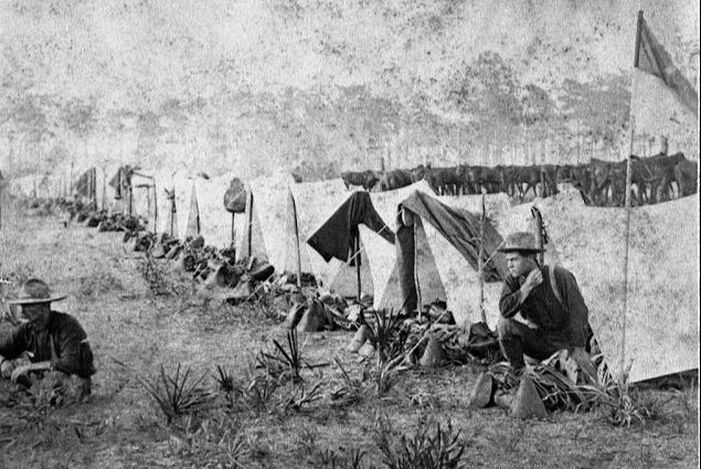
























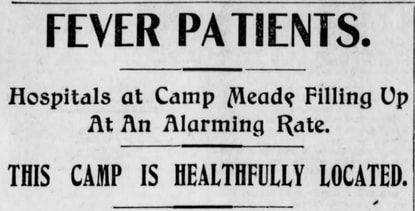



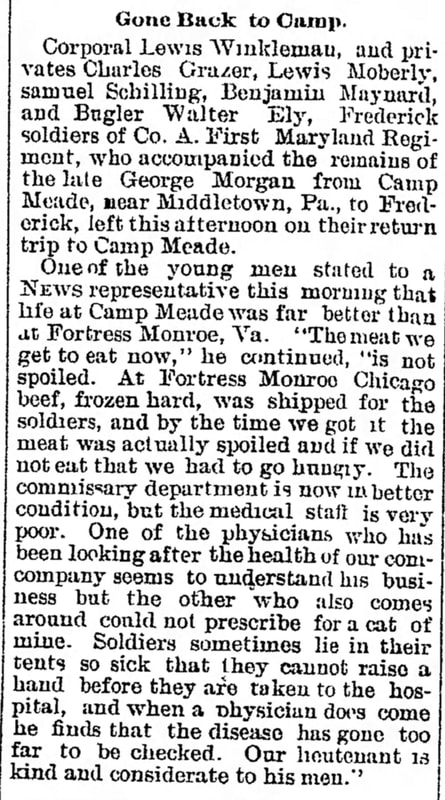










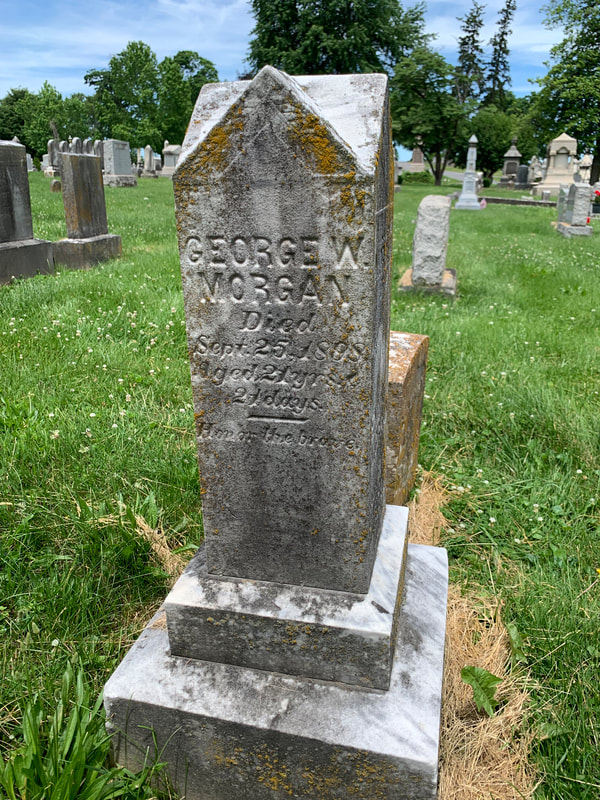




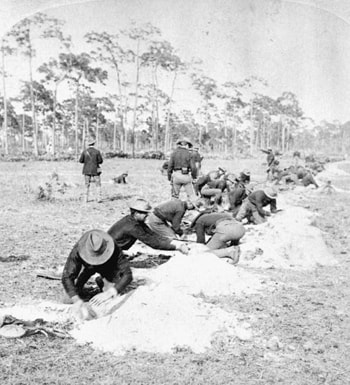

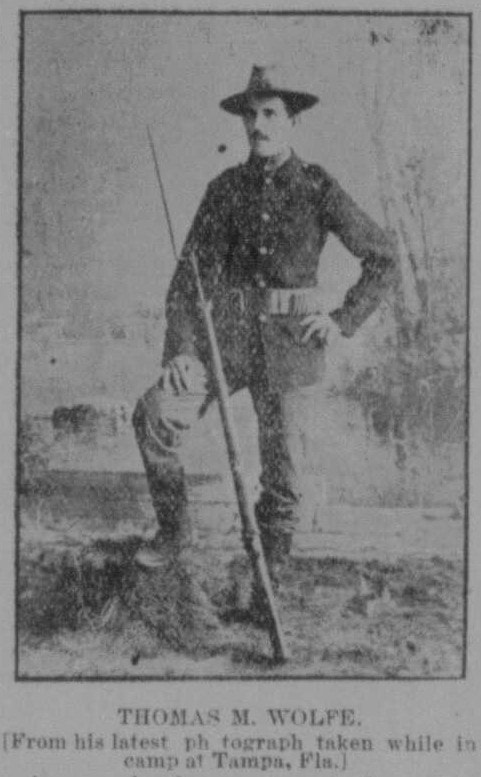
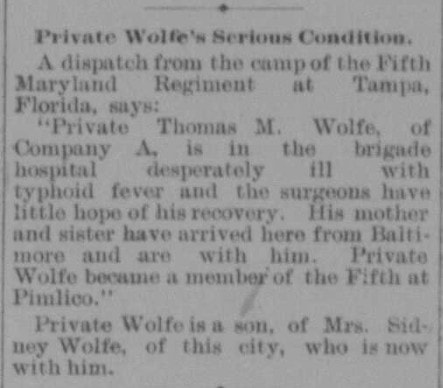










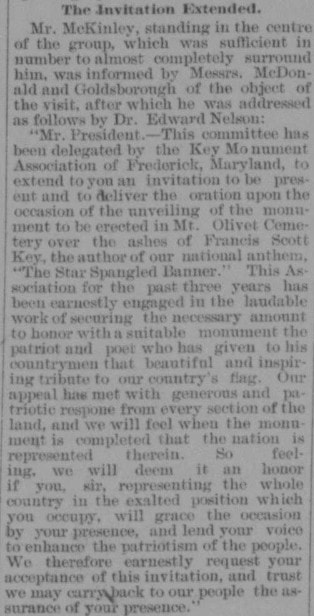






 RSS Feed
RSS Feed